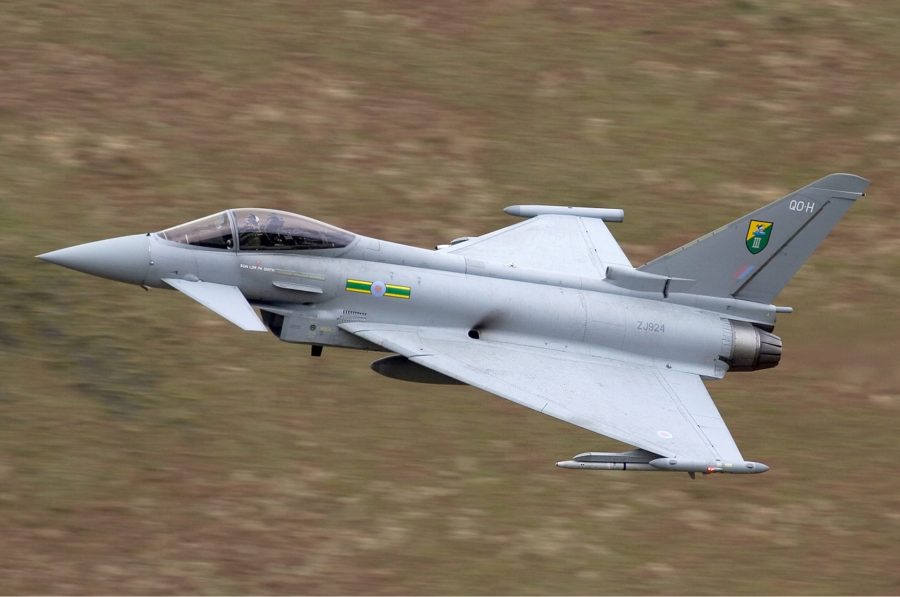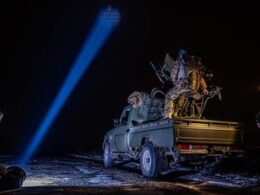- UK intel: Sanctions continue to disrupt key inputs for Russia’s defense industry
- Russia used 5 Zircon hypersonic missiles to strike Kyiv in 2024
- US House Speaker Jonson promises Ukraine aid bill vote with “innovations” after recess
- Media: US urges companies to halt shipments to 600 entities over concerns of supporting Kremlin’s war machine
Peace Summit in Switzerland sparks hysteria in Moscow, says Ukrainian foreign minister
In Moscow, panic prevails as the upcoming Peace Summit threatens the Russian narrative of a divided world over the support of Ukraine, said Ukraine's top diplomat.





